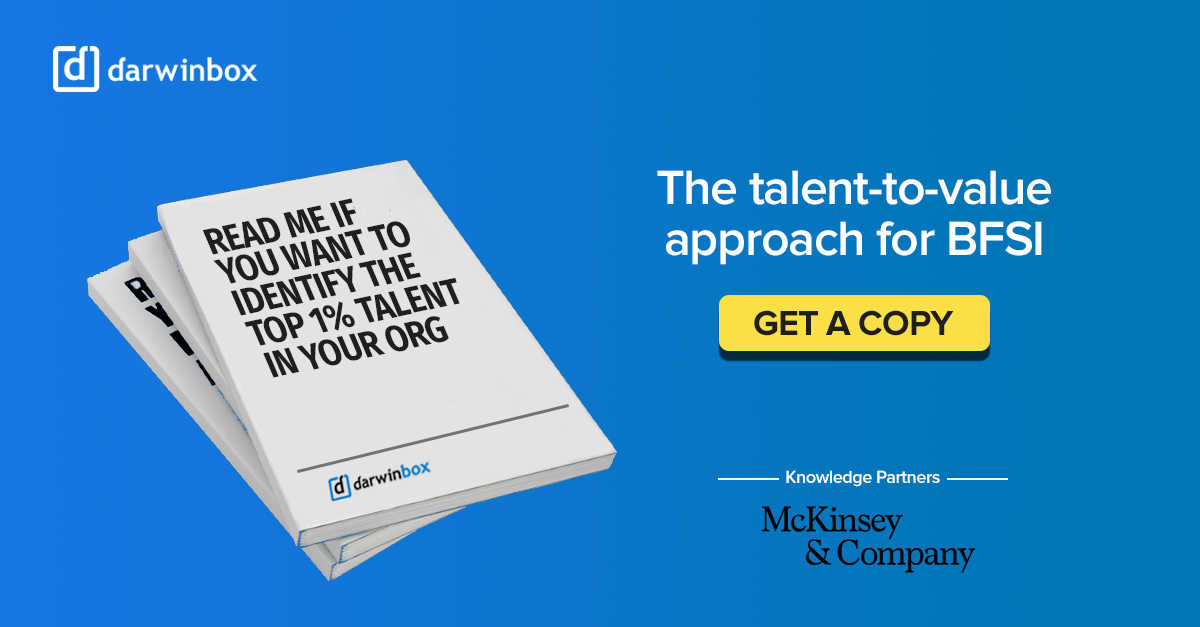
The first step in any HR transformation must be to gain cross-functional alignment on the purpose of transformation. Buzzwords like “transformation,” “change” and “expansion” might sound good in a boardroom; yet they often create fear, confusion and chaos with frontline teammates and HR leaders. To avoid this potential misperception, HR leaders need to create a strong business case that clarifies the why behind the transformation. In other words, what are we solving for?
Transforming With Purpose:
Even before you realise that you have to undergo a transformation, the first step is to analyse and retrospect your current state of HR processes and policies. A well defined gap analysis would be the best way to understand the problem and then find ways to solve it. Here are a few steps to help you access your current HR policies and processes:
Step 1: What’s Your People’s Agenda
Figure out what is your people’s agenda? For example, if enhancing employee experience is what you want to achieve in a certain timeline then that should be your primary objective.
Step 2: Understand the specifics
Drill down further to find out the specifics that you want to focus on to get there. One key factor is to figure out what is the best way possible to redesign the principles. There should be a high level strategy and then you can drill down to the specific design principles that you want to look at for the rest of the year.
Step 3: Champion of the project
What is the support that HR will need to achieve this objective? For example if an organisation completely wants to transform its HR processes from manual to 100% digital then hiring the best talent who can champion the project is crucial to acknowledge. Keeping those as your evaluation criteria, you have to look at each of your processes.
Step 4: Define Org structure
Org structure and employee master data is something which people miss and this is something which is the most important criteria to look at in the beginning of any evaluation or analysis. This is the basic foundation for any evaluation that most organisations don't give importance to it thinking that these are just processes in line. Evaluation of your master data helps you streamline the data for analytics and key decision making. If you are looking at promotion or recruitment then you need to have your data rightly categorised and mapped so that you can decide what your process should be. Should it be different for different people or should it be the same? What should your hiring process be? The kind of workforce you're looking at, can be defined from the master data.
Step 5: Fill the gaps
After getting your data right, the next step is to look at each design principle and find out ways to fill the gaps.What is the data that you want to continue to keep or what is it that you want to look at further etc. The approach in terms of design principles are very different for an enterprise to a scaling start up.
Step 6: Ensuring Alignment With Thorough Audit
HR Audit is the next step to check your level of compliance, evaluate if you have all the things that we need to have? For example, is our BGV data uptodate, are you following the right practices in terms of tax regulations, tax compliance etc. Evaluate these crucial points first for each of your processes. Any policy that you make ideally, you should evaluate from a financial perspective as well. For instance, if there is a change in earned leaves, there must be an impact that you need to evaluate. A lot of time HRs miss this crucial angle on getting alignment in terms of commercial impact. The 3 prime pillars for an HR audit involves:
- Process evaluation: If all the process and policies are defined and are followed rightfully for the HR department.
- Transaction Evaluation: If somebody has replied to an employee query, was that done in the right way? Or during the performance cycle when the rating is given, there is a certain percentage of employees whose comments are taken out and analysed. Check whether comment v/s the rating is in line or there is any difference. This helps in evaluating the quality of the transaction.
- Following the SLA: It involves checking whether any SLA is set already and if yes, then is the organisation following it rightfully?
Step 7: Define Your Metrics
Next step is to define your metrics. You should find out ways to measure the internal stakeholder satisfaction, and check with your employees on how their HR process experience has been using an employee survey. Quality of emails, Time taken to resolve employee queries, cost measurement are few other metrics that you should focus on. Ultimate goal should be to enhance productivity and build a culture of transparency and accountability.
Step 8: Focus On Change Management
Last step is one of the most crucial of all the steps which is the change management process.
Change is not something which is very easy to grasp for everyone. The first few months might be difficult for a transition. But being an HR you should always look at simplifying a process rather than sticking to whatever you are used to.
Also, certain things may seem amazing on paper and you can do everything right from a process standpoint. But if you don't handle change management properly, everything is just washed out. Right from the stakeholders buy-in ensuring that they are on board, to upskilling your people and ensuring whatever you take up as a new process, that should be communicated clearly. Role allotment should be clear and proper training of the HR team is crucial. Capability building is vital in terms of enabling your workforce involving both end users and process owners.


Speak Your Mind